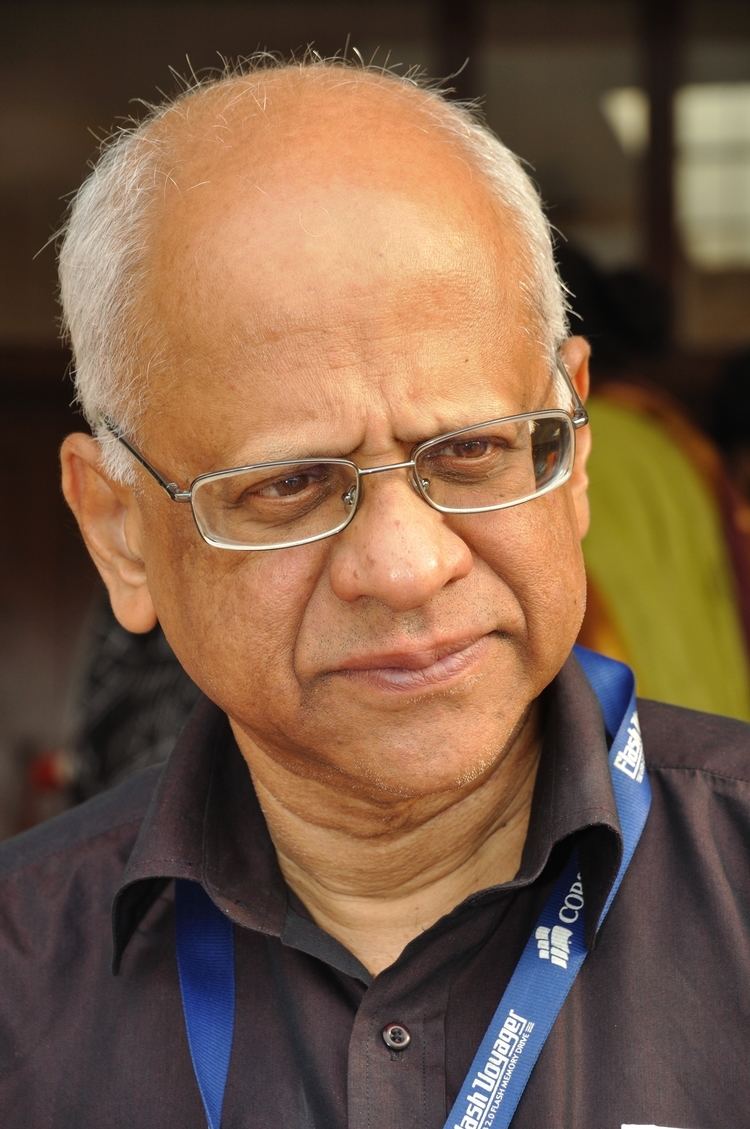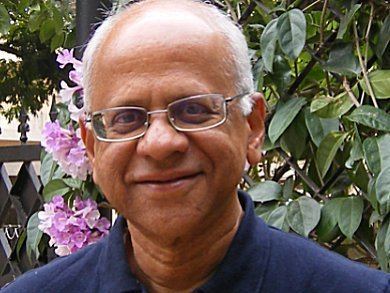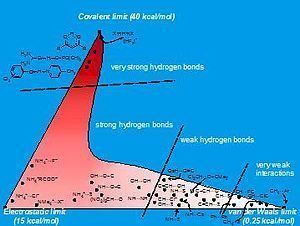Nationality Indian Fields X-ray crystallography Residence India | Role Author Name Gautam Desiraju | |
 | ||
Born 21 August 1952 (age 73)
Madras, Tamil Nadu, India ( 1952-08-21 ) Institutions Indian Institute of Science Alma mater University of Bombay, University of Illinois Known for Crystal engineering, hydrogen bonding Books The Weak Hydrogen Bond in Structural Chemistry and Biology Education University of Mumbai, University of Illinois at Urbana–Champaign | ||
Gautam Radhakrishna Desiraju is an Indian chemist who has contributed substantially to the themes of crystal engineering and weak hydrogen bonding. He has authored books on these subjects. He has co-authored a textbook in crystal engineering (2011). He is one of the most highly cited Indian scientists and has been recognised by awards such as the Alexander von Humboldt Forschungspreis and the TWAS Prize in Chemistry. He served as President of the International Union of Crystallography for the triennium 2011–2014.
Contents

Biography
Gautam Desiraju was born 21 August 1952 in Madras, India. He had his schooling in Cathedral and John Connon Boys School in Bombay and obtained his B.Sc. (1972) from St. Xavier's College, Bombay. He obtained his Ph.D. (1976) from University of Illinois at Urbana-Champaign where he worked under the supervision of David Y. Curtin and Iain C. Paul. He worked between 1976 and 1978 in the Research Laboratories of Eastman Kodak Company in Rochester, NY. From 1978 to 1979 he was a research fellow in the Indian Institute of Science, Bangalore. He joined the University of Hyderabad in 1979 as a lecturer and was promoted as reader in 1984 and professor in 1990. He spent a year (1988–1989) in the CR&D department of DuPont in Wilmington as a visiting scientist. After 30 years in the University of Hyderabad, he joined the Indian Institute of Science in Bangalore in 2009. He is a member of the editorial advisory boards of Angewandte Chemie, Journal of the American Chemical Society and Chemical Communications. He is the immediate past president of the International Union of Crystallography[1]. He was the chair of the first Gordon Research Conference in Crystal Engineering, which was held in 2010. He is a recipient of an honorary doctorate degree of the Universidad Nacional de Córdoba, Argentina. He is organizing, with a Local Organizing Committee, the 24th Congress and General Assembly of the International Union of Crystallography [2] in Hyderabad in August 2017.
Major research contributions

Desiraju's contribution to the subject of crystal engineering has focus on the concept of the supramolecular synthon, which is a small sub-structural unit that is an adequate enough representation of the entire crystal structure of a molecular solid. The major problem in crystal engineering is that the prediction of a crystal structure from a molecular structure is very difficult and not easily derivable from functional groups. Identification of supramolecular synthons simplifies this otherwise intractable problem. The supramolecular synthon concept is now widely used by crystal engineers in the design of molecular crystals and pharmaceutical co-crystals, which are important from scientific and commercial viewpoints. Crystal engineering is effectively like supramolecular synthesis in the solid state, and there is a direct analogy between the supramolecular synthon of Desiraju and the molecular synthon that was proposed for organic synthesis by E. J. Corey.

Desiraju's second area of contribution focuses on weakly activated groups like the C-H group can act as donors of hydrogen bonds in molecular and biomolecular systems. These weak hydrogen bonds had been discussed sporadically since the 1930s, but it was only after the 1980s that the idea of a weakly activated group forming hydrogen bonds gained acceptance in the chemical community. Desiraju was among the few structural chemists who argued in those early days that the C-H...O and other weak interactions have a hydrogen bond character.
Desiraju has authored more than 400 publications. In addition to the three books on crystal engineering and hydrogen bonding, he has edited three multi-author books on these topics in structural chemistry. He has guided the PhD work of 35 students over the past 38 years.
General writing

Desiraju has authored several commentaries on science, the evolution of chemistry as a subject, emergence and complexity, and research habits and practices in various cultures. He has also written articles about the state of science education and research in India,[3], and about the current status of chemistry research in India, where he has identified problems and suggested solutions in situations that are, in part, expected in a country that is rooted in the traditional but yet aspires for the contemporary.
ISI Ratings
His two authored books on crystal engineering and the weak hydrogen bond have around 3000 and 5000 cites each. His 1995 review in Angewandte Chemie has been cited more than 3300 times. Five of his 425 publications have been cited 1000 or more times, 24 over 200, and 55 over 100. He has an h-index of 78 and this makes him one of the most highly cited scientists in India.
